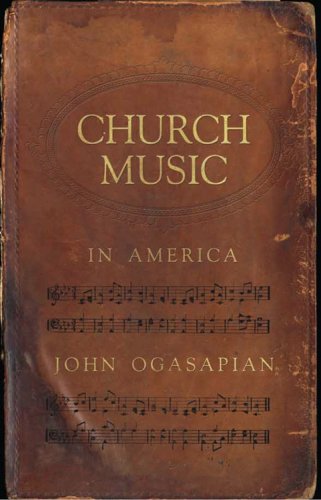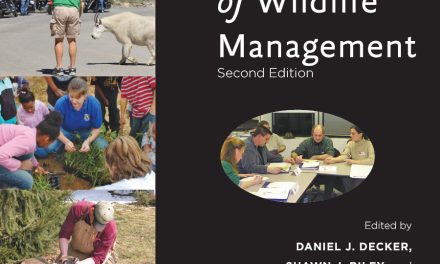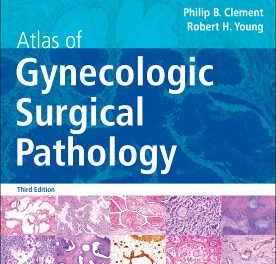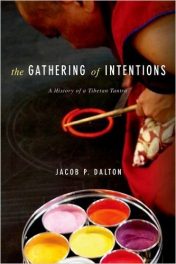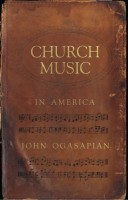 Author: John Ogasapian
Author: John Ogasapian
Publisher: Mercer University Press – 284
Book Review by: Laxmi Chaandi
This book, published posthumously in 2007, is a readable one for everyone who is interested in the subject of church music in the United States, particularly in its history and its variety and diversity. One does not have to be a professional church musician or a historian, or be able to read musical notes, or know any technical terms related to music, to enjoy reading this book.
The number and variety of religious groups that have established themselves is America is immense, the author of this book – the late John Ogasapian – points out. Music is very much an integral part of worship among Western, as well as Eastern religions. So is chanting and reading from scriptures, but in my opinion, music is especially expressive of the large range of emotions that one feels.
The coverage of this book is extensive, the chronology almost four centuries long, and for those who want to delve deeper into any topic, a large bibliography of nine pages is provided. Below is an overview of the subject matter in its 11 chapters, which is preceded by an informative Prologue entitled European Background.
- Psalmody in the English Colonies
- Choirs, Anthems, and Tunesmiths
- Immigrant Musicians and the First Organs
- Urban Church Music at the Turn of the Century
- The Revival Era
- Outside the Revival Sphere
- Black Spirituals and White Gospel Hymns
- The Solo Quartet and Its Music
- Male Choirs, Historical Tradition, and Liturgical Renewal
- New Currents in the New Century
- Conflict and Diversity
Ogasapian informs us that the first record of English music in North America dates back to the summer of 1579, when Sir Frances Drake had to have repairs done on his vessel Golden Hinde on the West Coast shore near what later was named San Francisco.
The Englishmen had sung Sternhold and Hopkins’ psalms, probably from Day’s 1562 Psalter, the expedition’s chaplain Francis Fletcher wrote. He recalled in London local natives’ fascination of the Englishmen’s singing: “They took such pleasure in our singing of psalms, that whensover they resorted to us, they entreated that we should sing.” This account is mentioned in the first chapter of this book, Psalmody in the English Colonies.
The next record of church music Ogasapian mentions in this book is not until 1607 in Jamestown, the first permanent English colony established in what is now known as the state of Virginia. He writes that among the most popular psalms was London printer Thomas Est’s The Whole Book of Psalmes: With Their Wonted Tunes, as They Are Sung in Churches, Composed into Foure Parts, printed in 1592.
This collection contained 58 tunes, “compiled by sundry authors,” among them the Catholic composer of lute songs John Dowland. The author points out that Est had set each psalm to a tune, but many tunes were used more than once and two of them more than 30 times each.
He describes it further: “The melody, or air, was in the tenor, printed on the left side of a two-page spread with a treble part above it. Similarly, the bass was printed on the right page, below the alto. The first stanza was printed with the music; the remainder of the text was printed at the bottom of two pages.” The author then goes on to describe what happened in terms of church music in the second English colony in North America – Plymouth – which was established in 1620.
And so on, other places where church music began and was played, details on the type of church, the type of music, etc. are provided, all the way up to the year 2000.
This is a unique book on a subject – church music – that has been little written about. John Ogasapian must be commended for his unusual achievement in researching for it and writing it, and his family members must be also be congratulated for seeing to it that it got published after his death.

